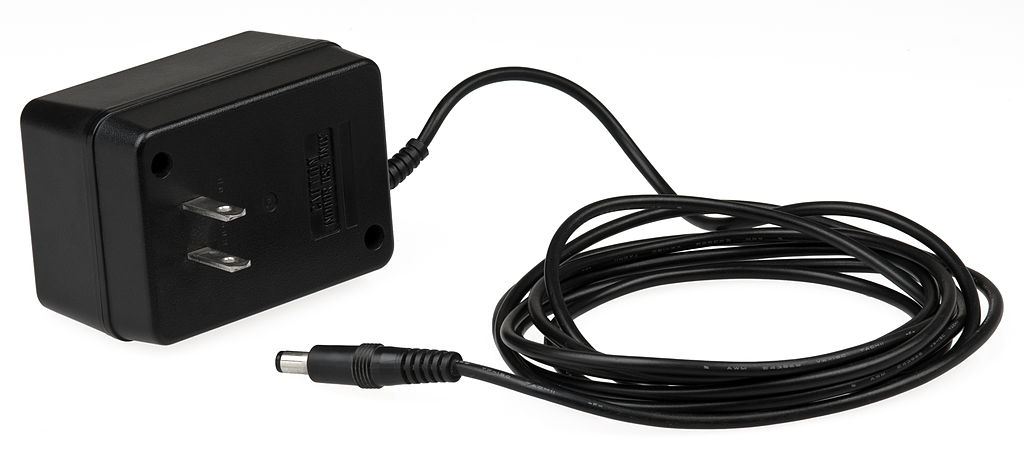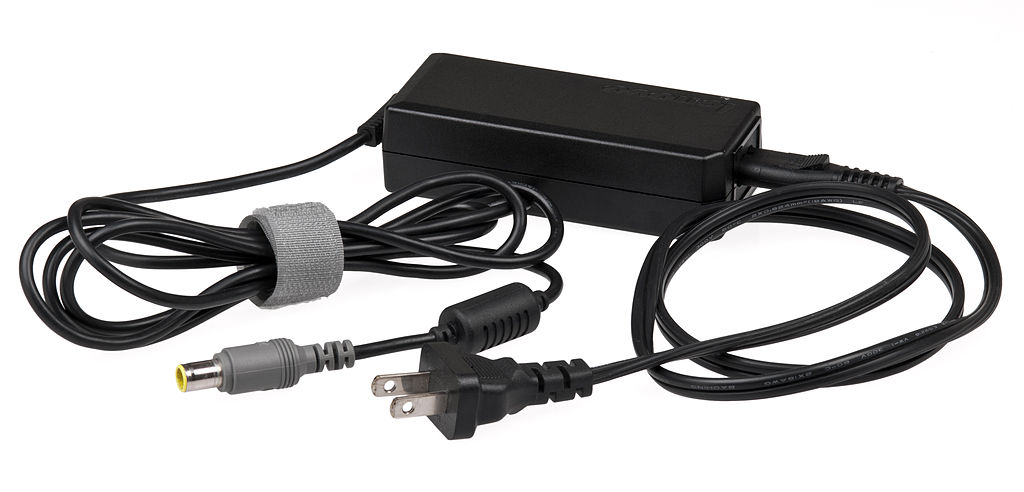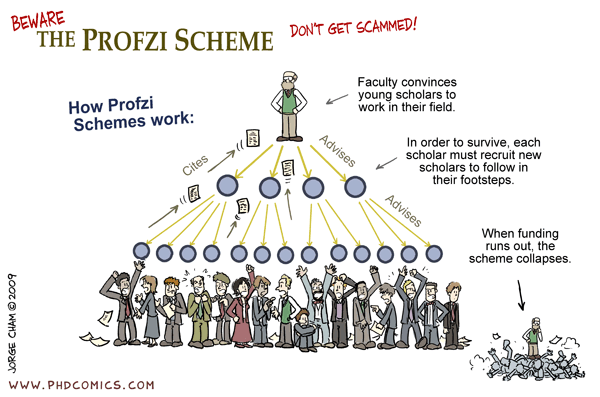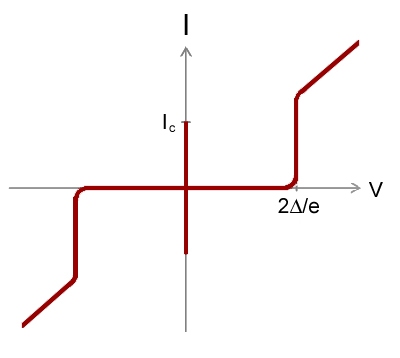AC adapter Updated 2025-07-16
AKS primality test Updated 2025-07-16
Internet privacy organizations Updated 2025-07-16
Udacity Updated 2025-07-16
It is a shame that they refocused to more applied courses. This also highlights their highly "managed" approach to content creation. Their 2022 pitch on front page says it all:they are focused on the highly paid character of many software engineering jobs.
for as few as 10 hours a week, you can get the in-demand skills you need to help land a high-paying tech job
But one cool point of this website is how they hire tutors to help on the courses. This is a very good thing. It is a fair way of monetizing: e-learning websites must keep content free, only charge for certification.
x86 Paging Tutorial TLB replacement policy Updated 2025-07-16
When TLB is filled up, older addresses are overwritten. Just like CPU cache, the replacement policy is a potentially complex operation, but a simple and reasonable heuristic is to remove the least recently used entry (LRU).
With LRU, starting from state:adding
valid linear physical
----- ------ --------
> 1 00003 00005
1 00007 00009
1 00009 00001
1 0000B 000030000D -> 0000A would give: valid linear physical
----- ------ --------
1 0000D 0000A
> 1 00007 00009
1 00009 00001
1 0000B 00003 Allegory Updated 2025-07-16
Electrolysis Updated 2025-07-16
Open instant messaging protocols Updated 2025-07-16
Weekend Updated 2025-07-16
XP School Updated 2025-07-16
Amazing self-directed learning direction:
world.hey.com/gwyn/no-excuses-bc4152fb mentions that the founder was inspired by other schools: High Tech High and Expeditionary Learning.
Lots of focus on showcase student work.
The founder Gwyn ap Harri is quite dirty mouthed, which is also cool.
Ciro Santilli tried to contact them in 2021 at: twitter.com/cirosantilli/status/1448924419016036353 and on website contact form to see if we could do some project together, but no reply.
Academia is broken Updated 2025-07-16
Sometimes Ciro Santilli regrets not having done a PhD. But this section makes him feel better about himself. To be fair, part of the merit is on him, part of the reason he didn't move on was the strong odour of bullshit oozing down to Masters level. A good PhH might have opened interesting job opportunities however, given that you don't really learn anything useful before that point in your education.
Profzi scheme by PhD Comics
. A Ponzi scheme that trains people in new skills is not necessarily a terrible thing. It is a somewhat more useful version than standard exam based education.
Perhaps the problem is "forcing" 35 year olds to go down that path when they might also want to have boring stuff like families and security.
If people could get to the PhD level much, much sooner, it wouldn't be as obscene: Section "Students must be allowed to progress as fast as they want".
List of instant messaging software Updated 2025-07-16
Physics World Updated 2025-07-16
Robert Noyce Updated 2025-07-16
Academic publishing Updated 2025-07-16
AC Josephson effect Updated 2025-07-16
It is called "AC effect" because when we apply a DC voltage, it produces an alternating current on the device.
By looking at the Josephson equations, we see that a positive constant, then just increases linearly without bound.
Wikipedia mentions that this frequency is , so it is very very high, so we are not able to view individual points of the sine curve separately with our instruments.
Also it is likely not going to be very useful for many practical applications in this mode.
An I-V curve can also be seen at: Figure "Electron microscope image of a Josephson junction its I-V curve".
I-V curve of the AC Josephson effect
. Source. Voltage is horizontal, current vertical. The vertical bar in the middle is the effect of interest: the current is going up and down very quickly between , the Josephson current of the device. Because it is too quick for the oscilloscope, we just see a solid vertical bar.
Superconducting Transition of Josephson junction by Christina Wicker (2016)
Source. Amazing video that presumably shows the screen of a digital oscilloscope doing a voltage sweep as temperature is reduced and superconductivity is reached.I-V curve of a superconducting tunnel junction
. So it appears that there is a zero current between and . Why doesn't it show up on the oscilloscope sweeps, e.g. Video 1. "Superconducting Transition of Josephson junction by Christina Wicker (2016)"? Animal intelligence Updated 2025-07-16
São Paulo (state) Updated 2025-07-16
activatedgeek/LeNet-5 Updated 2025-07-16
It trains the LeNet-5 neural network on the MNIST dataset from scratch, and afterwards you can give it newly hand-written digits 0 to 9 and it will hopefully recognize the digit for you.
Ciro Santilli created a small fork of this repo at lenet adding better automation for:
- extracting MNIST images as PNG
- ONNX CLI inference taking any image files as input
- a Python
tkinterGUI that lets you draw and see inference live - running on GPU
Install on Ubuntu 24.10 with:We use our own
sudo apt install protobuf-compiler
git clone https://github.com/activatedgeek/LeNet-5
cd LeNet-5
git checkout 95b55a838f9d90536fd3b303cede12cf8b5da47f
virtualenv -p python3 .venv
. .venv/bin/activate
pip install \
Pillow==6.2.0 \
numpy==1.24.2 \
onnx==1.13.1 \
torch==2.0.0 \
torchvision==0.15.1 \
visdom==0.2.4 \
;pip install because their requirements.txt uses >= instead of == making it random if things will work or not.On Ubuntu 22.10 it was instead:
pip install
Pillow==6.2.0 \
numpy==1.26.4 \
onnx==1.17.0 torch==2.6.0 \
torchvision==0.21.0 \
visdom==0.2.4 \
;Then run with:This script:
python run.pyIt throws a billion exceptions because we didn't start the Visdom server, but everything works nevertheless, we just don't get a visualization of the training.
The terminal outputs lines such as:
Train - Epoch 1, Batch: 0, Loss: 2.311587
Train - Epoch 1, Batch: 10, Loss: 2.067062
Train - Epoch 1, Batch: 20, Loss: 0.959845
...
Train - Epoch 1, Batch: 230, Loss: 0.071796
Test Avg. Loss: 0.000112, Accuracy: 0.967500
...
Train - Epoch 15, Batch: 230, Loss: 0.010040
Test Avg. Loss: 0.000038, Accuracy: 0.989300One of the benefits of the ONNX output is that we can nicely visualize the neural network on Netron:
Netron visualization of the activatedgeek/LeNet-5 ONNX output
. From this we can see the bifurcation on the computational graph as done in the code at:output = self.c1(img)
x = self.c2_1(output)
output = self.c2_2(output)
output += x
output = self.c3(output) Amazon Web Services Updated 2025-07-16
Unlisted articles are being shown, click here to show only listed articles.





